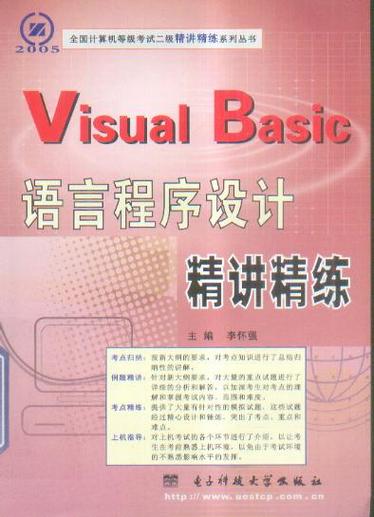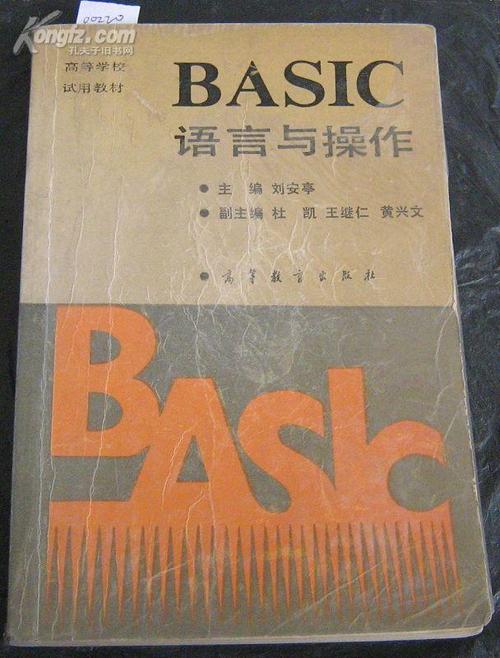
Basic Op Amp Circuits: A Comprehensive Guide
Operational amplifiers, or op-amps, are versatile electronic devices that find extensive use in various applications. They are fundamental building blocks in analog signal processing, and their circuits are essential for amplifying, filtering, and shaping signals. In this article, we will delve into the basics of op-amp circuits, exploring their principles, configurations, and applications.
Understanding the Op-Amp
Before we dive into the circuits, it’s crucial to understand what an op-amp is. An op-amp is an electronic voltage amplifier with differential inputs and, typically, a single output. It amplifies the difference between the two input voltages and has a very high input impedance and a low output impedance.

Op-amps are often represented by a symbol that consists of a triangle with two inputs and one output. The triangle represents the amplifier, and the inputs are labeled as “inverting” (-) and “non-inverting” (+). The output is the amplified voltage difference between these two inputs.
Op-Amp Configurations
There are several configurations in which op-amps can be used, each serving a different purpose. Let’s explore some of the most common ones:
Non-Inverting Amplifier
The non-inverting amplifier configuration is one of the simplest and most widely used op-amp circuits. It provides a voltage gain that is determined by the ratio of the feedback resistor (Rf) to the input resistor (Rin). The output voltage is in phase with the input voltage, and the gain is given by the formula:
| Gain (A) | = | (Rf / Rin) |
|---|
This configuration is ideal for applications where a high input impedance and a non-inverting output are required.

Inverting Amplifier
The inverting amplifier configuration is another popular op-amp circuit. It provides a voltage gain that is determined by the ratio of the feedback resistor (Rf) to the input resistor (Rin), but with a phase inversion. The output voltage is 180 degrees out of phase with the input voltage, and the gain is given by the formula:
| Gain (A) | = | – (Rf / Rin) |
|---|
This configuration is useful for applications where a phase inversion and a variable gain are required.
Non-Inverting Summing Amplifier
The non-inverting summing amplifier configuration allows multiple input voltages to be summed and amplified. The output voltage is in phase with the input voltages, and the gain is determined by the feedback resistor (Rf). The formula for the output voltage is:
| Output Voltage (Vo) | = | A (Rf / Rin) (V1 + V2 + … + Vn) |
|---|
This configuration is useful for applications where multiple signals need to be combined and amplified.
Inverting Summing Amplifier
The inverting summing amplifier configuration is similar to the non-inverting summing amplifier, but with a phase inversion. The output voltage is 180 degrees out of phase with the input voltages, and the gain is determined by the feedback resistor (Rf). The formula for the output voltage is:
| Output Voltage (Vo) | = | – A (Rf / Rin) (V1 + V2 + … + Vn) |
|---|
This configuration is useful for applications where multiple signals need to be combined and amplified with a phase inversion.
Applications of Op-Amp Circuits
Op-amp circuits have a wide range of applications in various fields. Some of the most common applications include:
-
Signal Amplification: Op-amps are used to amplify weak signals in audio, video, and other applications.
-
Filtering: Op-amps are used to


